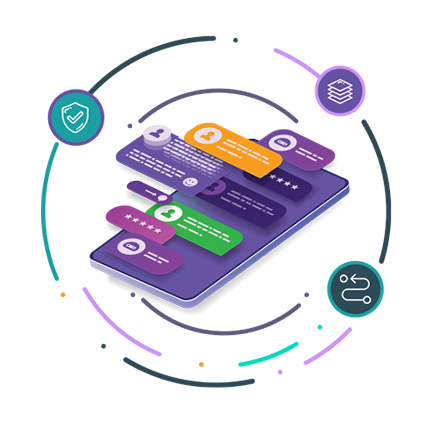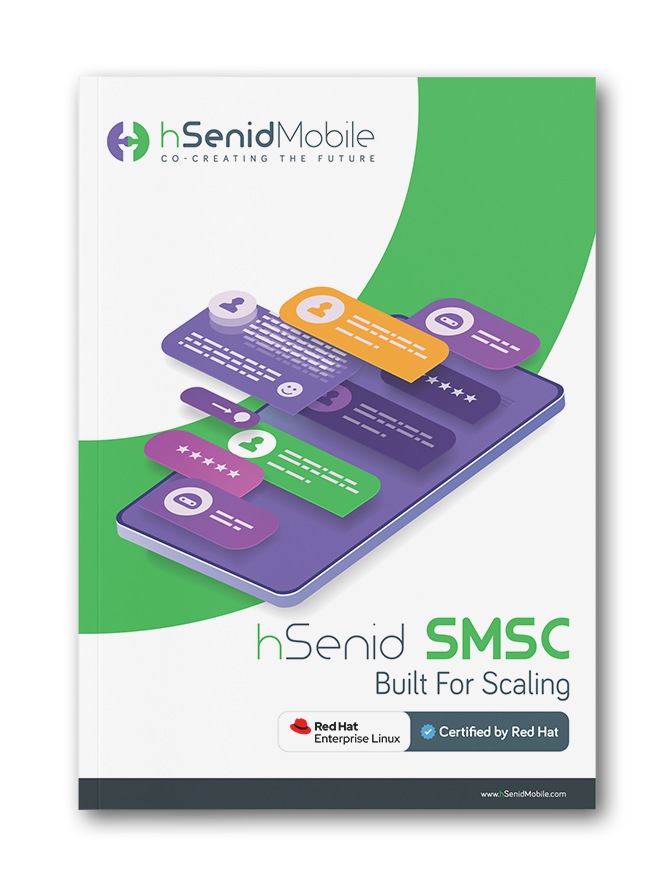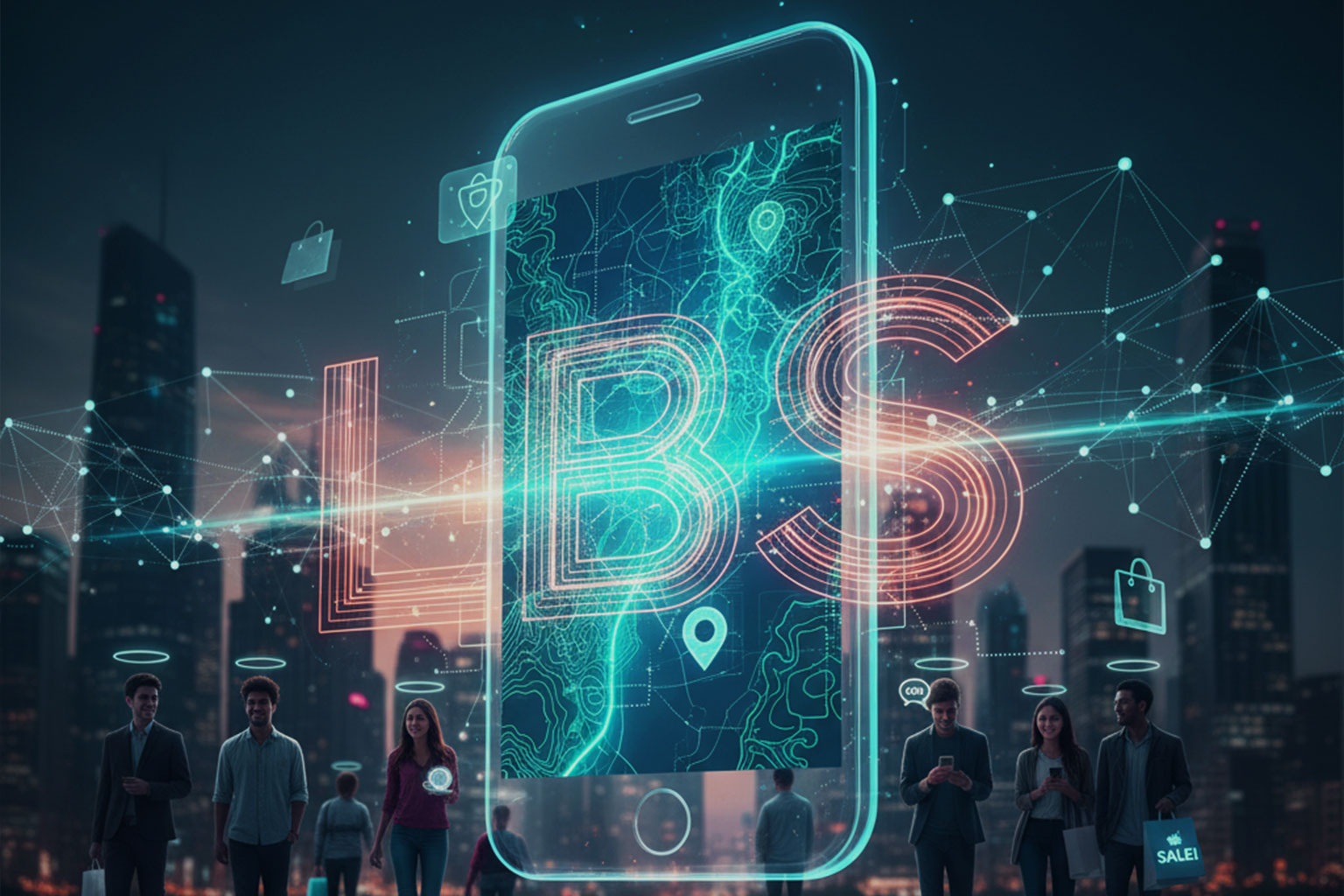Understanding the landscape of SMS delivery is crucial for businesses aiming to communicate effectively with their customers. The Short Message Service Center (SMSC) is central to this ecosystem, managing the routing and forwarding of messages. However, hidden bottlenecks often impede efficient SMS delivery, leading to customer dissatisfaction and lost engagement.
Menu








